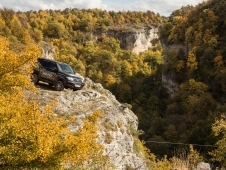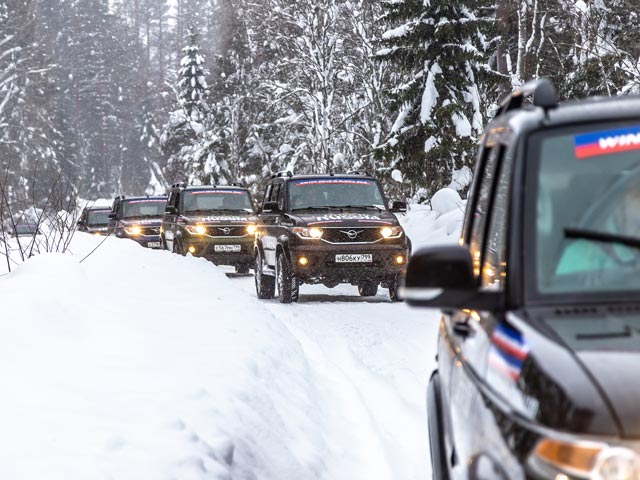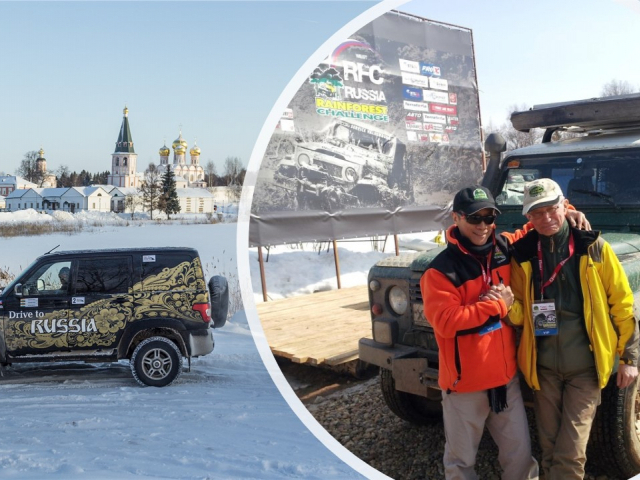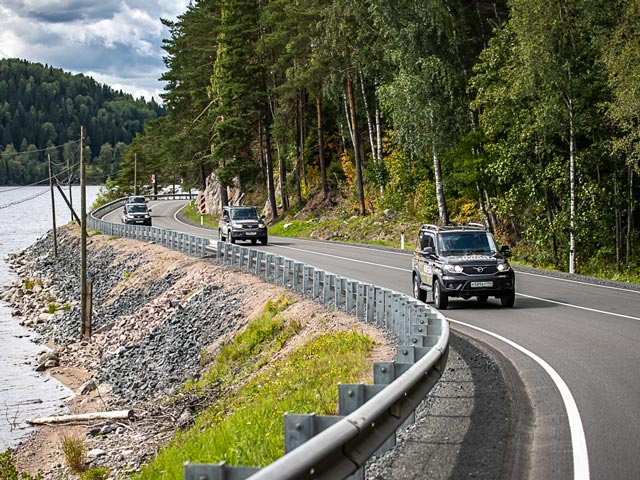
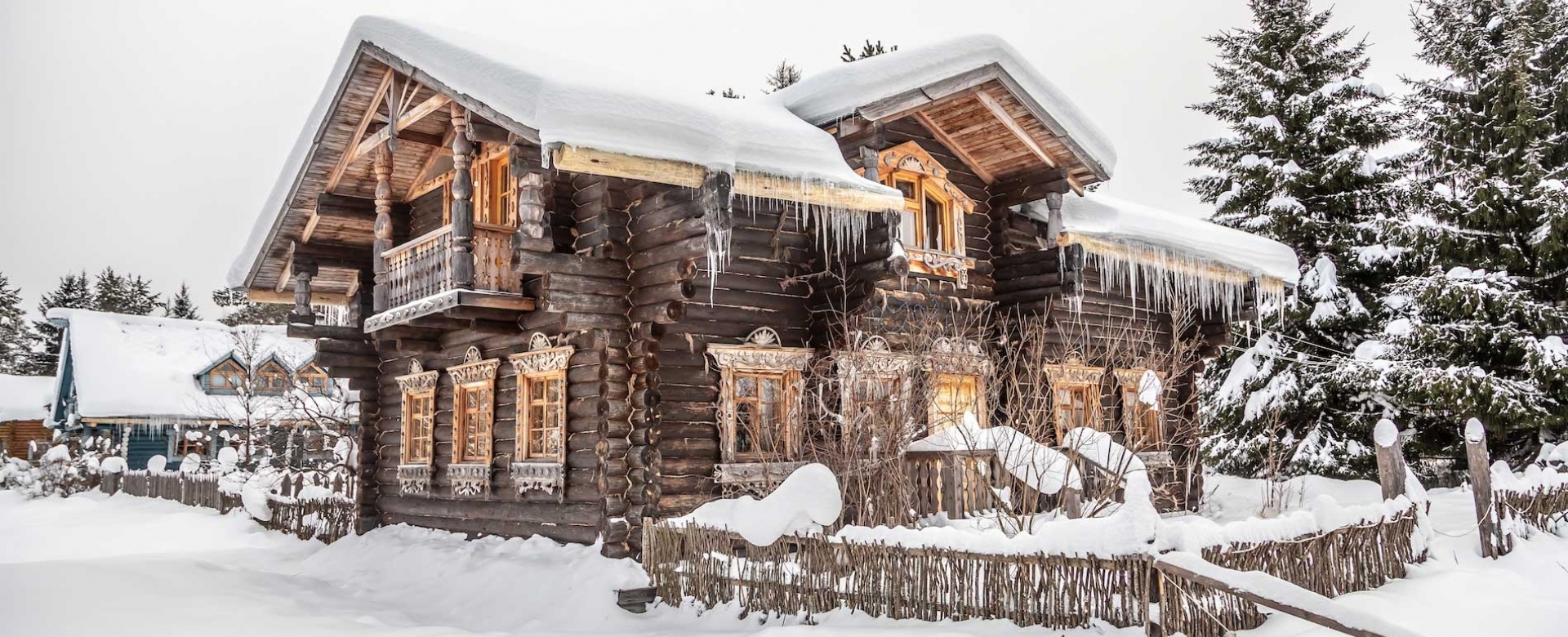
Upper Mandrogi
The shore of Lake Ladoga contains a lot of picturesque and environmentally friendly places that have always been around since Peter the Great moved the capital to the shore of the Baltic Sea. One of them located on the border with Karelia, just 270 kilometers from St. Petersburg is a cozy village that brings you back to the past. Being surrounded by coniferous forest from every side the village can never be called “ordinary” since it reflects some extraordinary idea. Indeed Mandrogi is a cultural and tourist project, a real Museum of modern wooden architecture in the open air aimed at reviving Russian national traditions.
Once a settlement of Veps, the village of Verkhniye Mandrogi claimed to be unique thanks to its geographical, historical, and natural singularity. Hardworking, proud, talented and hospitable people –the Veps were indigenous inhabitants of these places. They have always actively traded with European and Asian countries, offering furs to the international market. The river was not easy to navigate, and in some places shoals and rapids were so frequent that people had to carry goods along with the boat on their shoulders or drag them. Hence the name of the village Upper Mandrogi is translated from the Vepsian language as Upper Rapids.
The economy of this region flourished in the pre-Peter the Great era, before the Baltic Sea route was opened. Locals produced iron, mined granite, built ships, and traded back then. Prior to World War II Mandrogi was a quintessential Karellian mill town, hardly touched by time, but the war left it a burnt ruin.
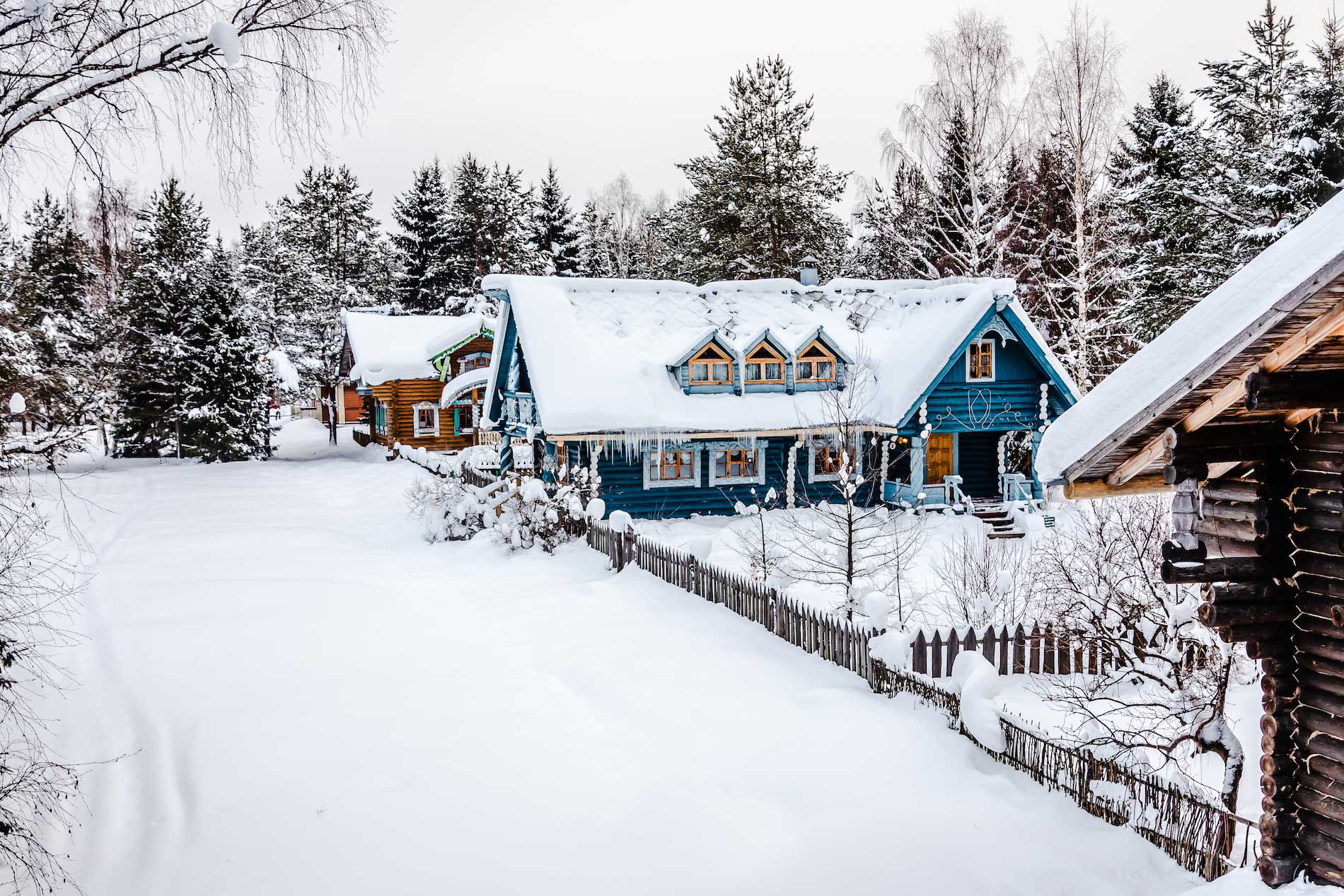
However after the Soviet Union fell, in 1997 a group of Russian investors bought the land and revived it. Over time, the village became an independent geographical and social unit. The permanent population is over one hundred people, but more than three hundred people come here to work every day. Only several locals were born in the village since its creation. The settlement has its own kindergarten and school, stables and cowsheds, quail and rabbit farms—all that served the life of the Russian people in ancient times.
Every house in Mandrogi is unique: you can never find two identical buildings. Each house has its own history and setting. Russian restaurants, souvenir shops, and hotels are all built in the traditional Russian style and using traditional Russian construction technologies.
Today Verkhnyye Mandrogi is a kind of open-air Museum, where you feel like participant of peasants’ life being involved in forgotten folk crafts: local masters will teach you to embroider, weave beads and birch bark, paint nesting dolls or burn pots. President Vladimir Putin painted a Russian nesting doll here. The most popular museum of the settlement is the Museum of Russian Vodka. It contains a collection of 2,800 different types of vodka brought from all across the Russian Federation, with displays educating the guest on the varying ways in which this drink is produced.
Mandrogi is a harmonious blend of a historical and a modern way of life. Here it is possible to completely unwind from the noisy big city and learn something new about Russia’s past.
Fixed-date departure tours
Other current toursBest overland tours In Russia and CIS countries
Fly and Drive
Unique tours of the great cities, unknown places, winter and summer drive experiece
Overland Expeditions
We provide: logistics, paperwork, escort and local guide services

